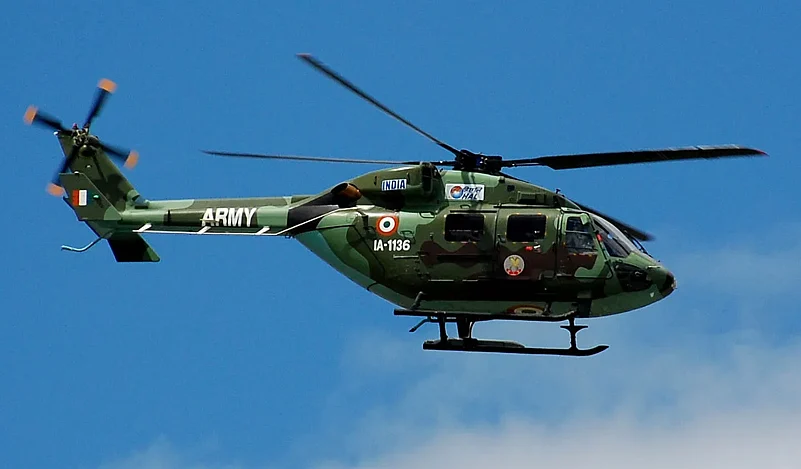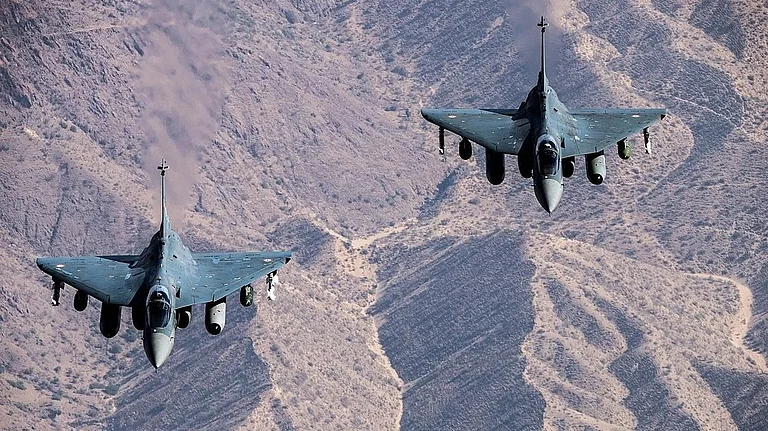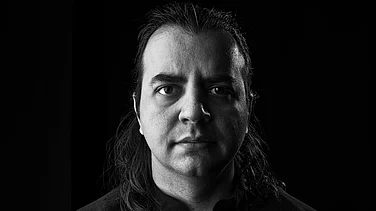It was supposed to be a symbol of India’s growing self-reliance in defence—a sleek, homegrown military helicopter capable of handling diverse missions across land, sea and mountains. Instead, the advanced light helicopter (ALH) Dhruv, made by the state-owned Hindustan Aeronautics Limited (HAL), has found itself mired in a troubling pattern of crashes, raising serious questions about its safety, design and reliability.
The helicopters have been involved in 15 crashes over the past five years. The latest on January 5 when an ALH of the Indian Coast Guard (ICG) crashed near Porbandar, Gujarat. Three crew members—two pilots and an aircrew driver—died. Reports indicate the helicopter was returning from a routine training sortie when it crashed during an attempted landing on the Porbandar runway.
Though the cause of the accident is yet to become clear, a preliminary analysis of data from the flight data recorder and the cockpit voice recorder has shown that the pilots lost control of the helicopter three to four seconds before the crash, an official told the media.
A Series of Crashes
The Porbandar incident was the third crash involving the HAL-made helicopter in four months. The ICG has launched several boards of inquiry to investigate the causes of these accidents, focused on the helicopter’s flying controls and transmission systems.
Military aviation veterans have raised concerns about the safety record of the helicopter and have called for independent investigations, reports say. After the latest crash, the entire fleet of around 300 ALHs have been grounded for safety checks.
Safety probes have identified issues with hydraulics and control rod failures impacting rotor blade power input, prompting the replacement of defective rods across the fleet. The control rod in ALH is made of aluminium and HAL decided to replace it with steel control rods in some helicopters.
As per latest reports, all military ALHs have had their collective control rod and two other rods (lateral and longitudinal) replaced.
Running into Trouble
The crisis with Dhruv helicopters is a dampener for India’s military export ambitions. When the Indian military inducted these choppers, the moment was seen as a milestone for indigenous defence aviation. The ALH has since been exported to multiple nations and has undergone several upgrades, leading to advanced variants such as ALH Mk III and ALH Mk IV (Rudra).
The ALH Mk III features a Shakti engine developed in collaboration with France’s Safran, a glass cockpit, night vision capability, advanced marine patrol radar and an electronic warfare suite. The ALH Mk IV is an armed variant equipped for attack, close air support and high-altitude operations.
Despite these advancements, the helicopter’s safety record has cast a shadow over its operational credibility. Retired military officers have voiced their displeasure with HAL, pointing to problems like poor air quality, careless engineering and maintenance issues.
A Blow to Ambitions
India’s bid to export the Dhruv ALH suffered a setback in Ecuador. In 2009, Ecuador purchased seven Dhruv helicopters, but within six years, four had crashed. In 2015, the South American nation deemed the helicopters unfit for operation and discontinued their use.
The latest crash comes at a time when India is aggressively promoting its indigenous defence platforms, including Dhruv. But frequent accidents are harming its reputation, and may hinder further export opportunities.
With mounting concerns over safety and performance, experts say HAL must address systemic issues before the helicopter can be considered a reliable asset for domestic and international markets.






























